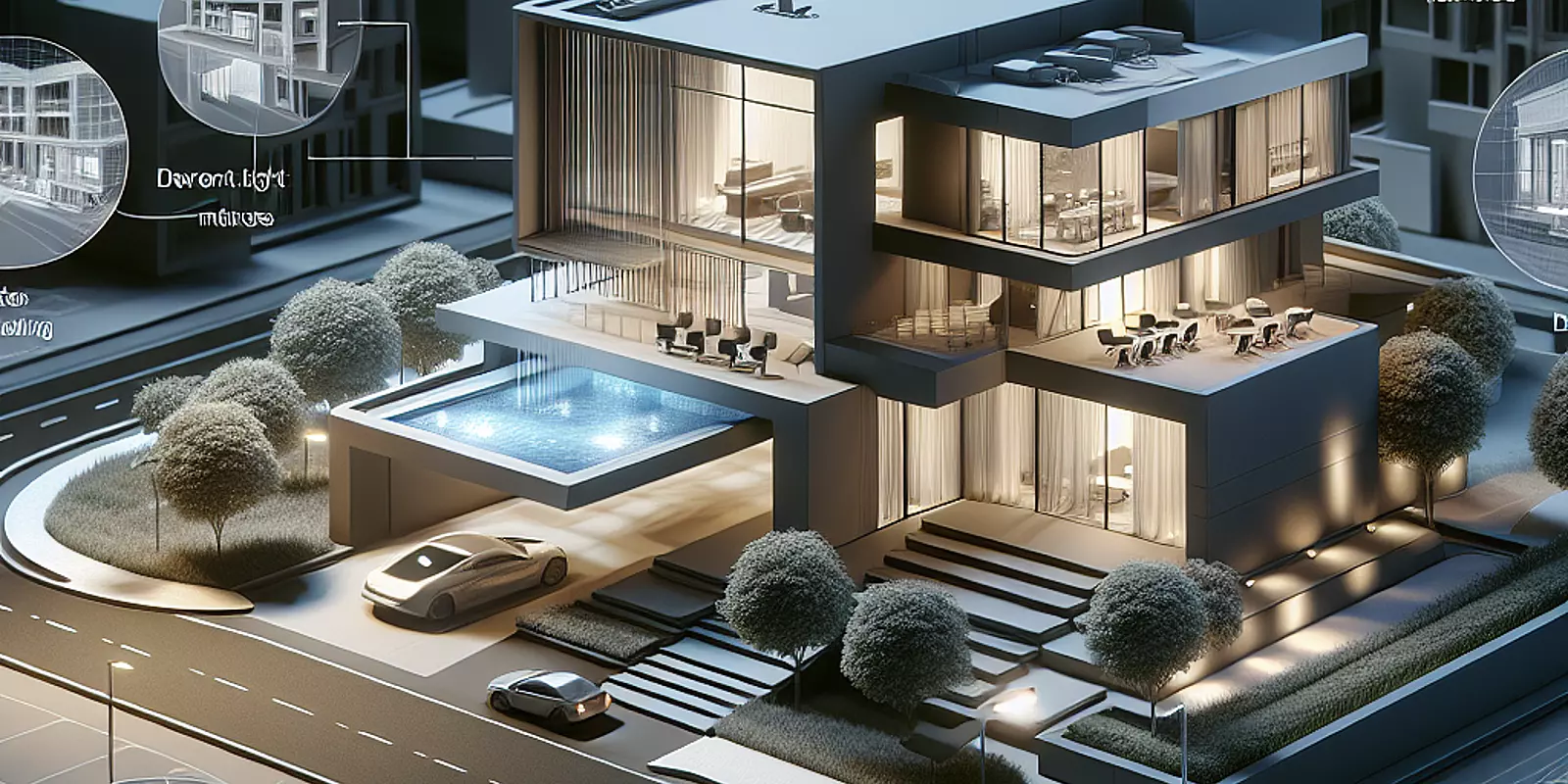
The realm of architectural visualization has been transformed with the advent of advanced software tools like V-Ray for 3ds Max. These powerful platforms enable architects and designers to bring their creative visions to life with stunning photorealistic imagery. It's crucial for professionals in this field to master these tools as demand for high-quality visual presentations continues to grow. In this post, we'll highlight how using V-Ray’s frame buffer layers and 3ds Max scripts can boost your 3D visualization techniques and take your architectural projects to the next level.
Gone are the days when architectural visualization was limited to simple sketches and models. Today, the focus is on creating immersive experiences that effectively communicate ideas to clients and stakeholders. V-Ray and 3ds Max lead this transformation, providing tools that enhance the aesthetic representation of buildings while facilitating better communication. This article delves into techniques like Ambient Occlusion and custom window shape creation, showing how these tools can add depth and realism to your visualizations.
V-Ray’s frame buffer layers are essential for improving the quality of architectural renderings. Using outputs like Multi-Channel EXR, you can separate render elements such as diffuse, specular, reflection, and Ambient Occlusion for detailed post-processing in software like Photoshop. Ambient Occlusion, in particular, provides realistic shading by calculating light exposure on each point in a scene, enhancing depth and realism. To optimize rendering time, use a higher samples rate for intricate details while lightening sampling elsewhere. Adjust Ambient Occlusion’s strength to enhance lighting and emotional impact based on your artistic vision—a key aspect of 3D rendering techniques.
Creating custom window shapes with 3ds Max is critical for architectural visualizers aiming to streamline design processes and improve project detail. By leveraging 3ds Max tips and tricks, repetitive tasks can be automated through scripting, allowing more time for creative endeavors. Mastering MaxScript will enable you to customize window shapes by setting parameters like height and width and scripting these variations into functions. Employing simple geometry templates and parametric design methods further boosts efficiency and accuracy. Proficiency in scripting enriches creativity, producing unique outputs that resonate with a project’s distinctive character.
Realism in architectural visualization is achieved through a balanced mix of technical know-how and artistic skill. V-Ray’s frame buffer layers, particularly Ambient Occlusion, enhance spatial depth by simulating natural shadowing. Adjustable settings ensure realism without complexity. Further differentiation between professional-grade renders and amateur attempts comes from using high-resolution textures, accurate material configurations, and lighting techniques that combine natural and artificial sources. Post-production in Photoshop can add finishing touches such as contrast and color balance, shifting a scene’s mood and authenticity.
Exploring the capabilities of V-Ray for 3ds Max, it's evident that these tools form a solid foundation for creating impressive visualizations. However, the 3D visualization landscape is rapidly evolving, with trends like real-time rendering, virtual reality (VR), and artificial intelligence (AI) shaping the future. Keeping pace with these advances and adapting our skills is vital for success. By embracing lifelong learning and experimentation, we can lead the way in establishing new standards of excellence in visual storytelling. We encourage you to explore these cutting-edge tools and techniques that continue to expand the exciting field of architectural visualization.